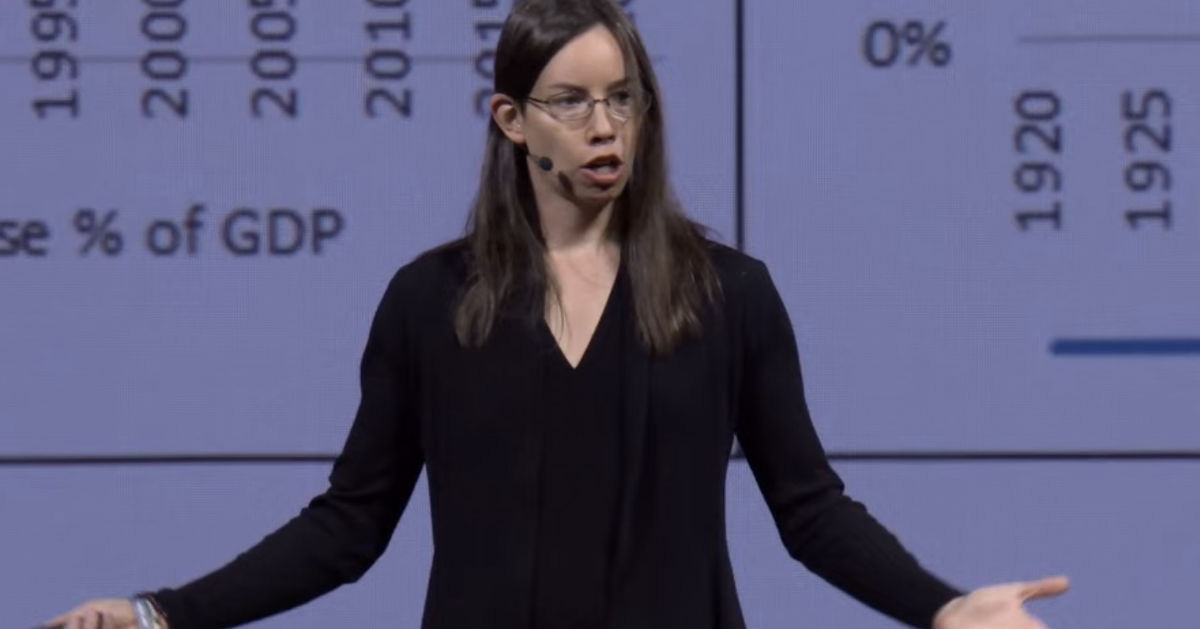Is there any way to protect wealth if money is broken?
Is modern money just government debt in disguise?
I had been wanting to sit down and write this piece for months. Every time I thought about it, I kept postponing it, because I knew it would require focus and depth. Not just another quick note on markets, not a passing reflection. Something that needed proper time. And finally I gave myself that time, because this is about the book that marked my summer. Broken Money by Lynn Alden.
I don’t usually say this about financial books. Most are either too theoretical, too biased, or too shallow. But this one? It managed to combine history, macroeconomics, technology, and the brutal reality of our monetary system in a way that makes you pause and rethink everything you thought you knew.
It’s not a Bitcoin book, even if Bitcoin is in the background. It’s a money book. And it’s a book about why money is broken in ways that cannot be patched back together.
What struck me the most is how clearly Lynn Alden frames the irreversibility of the system. Many people, even smart investors…

